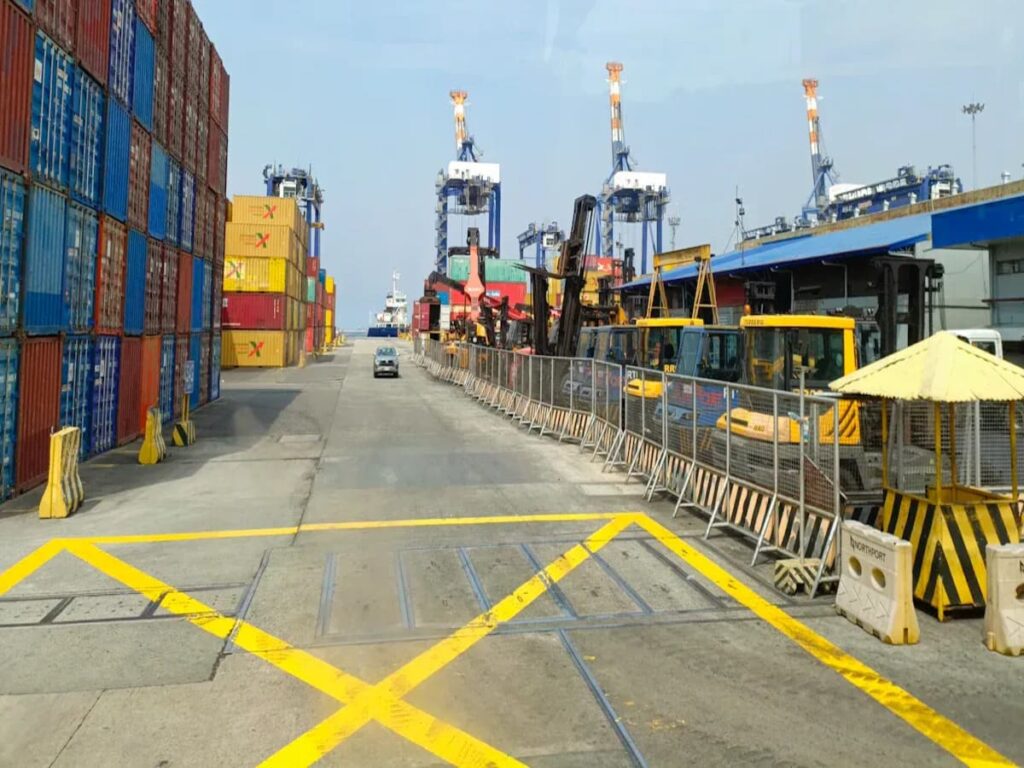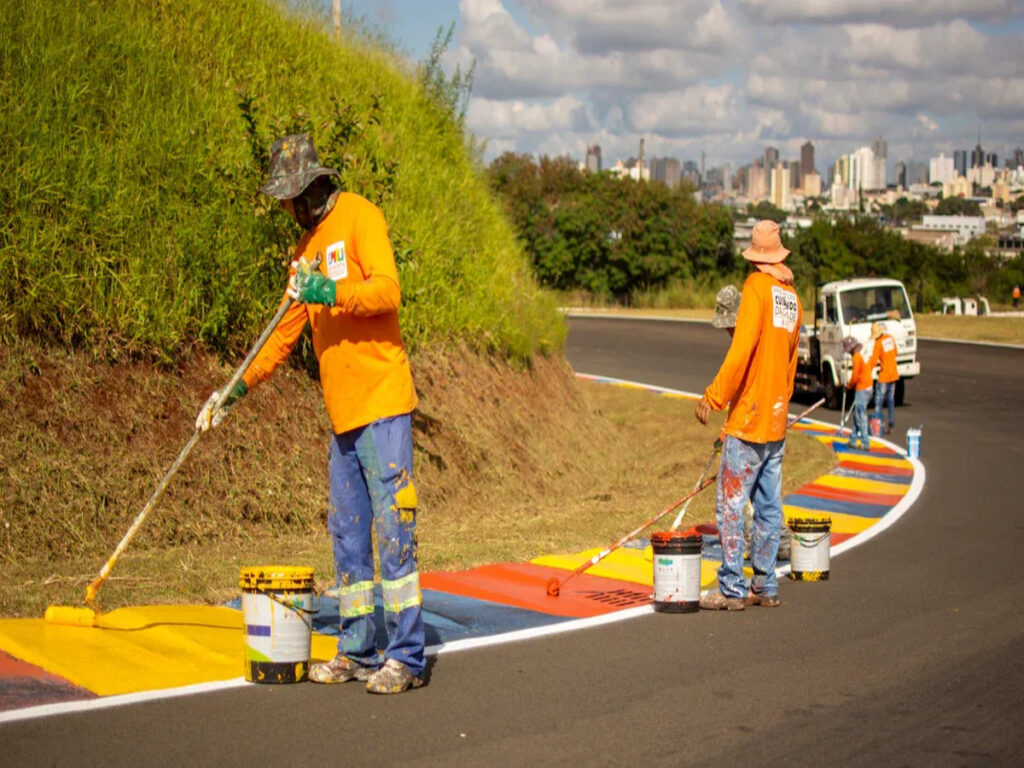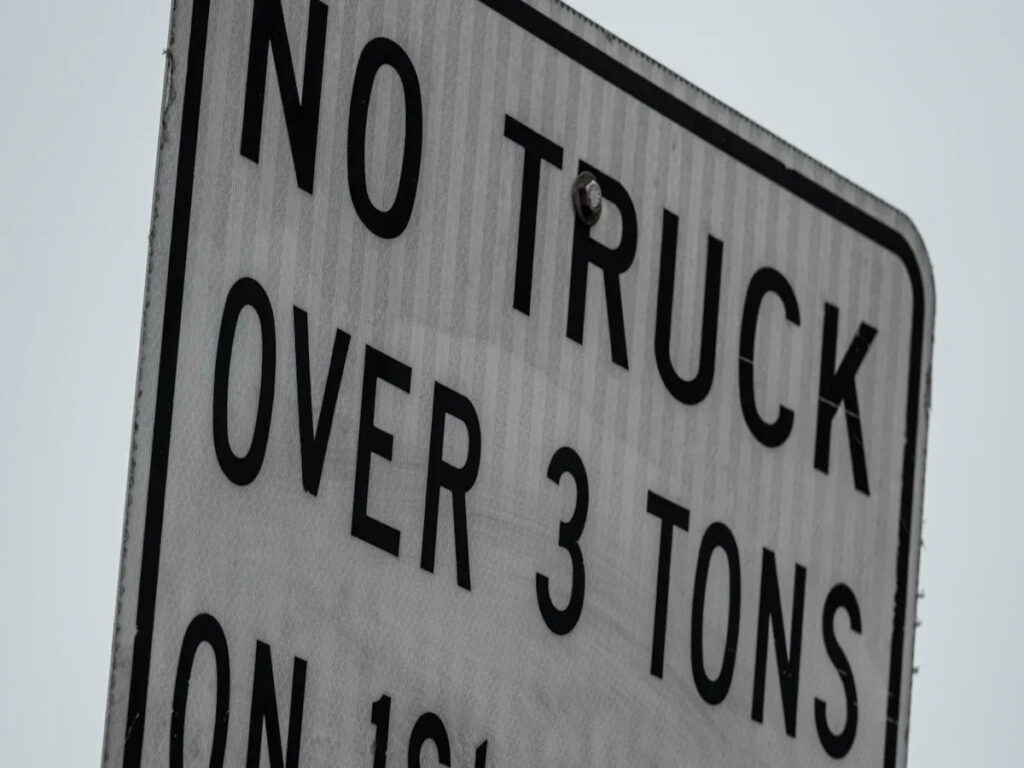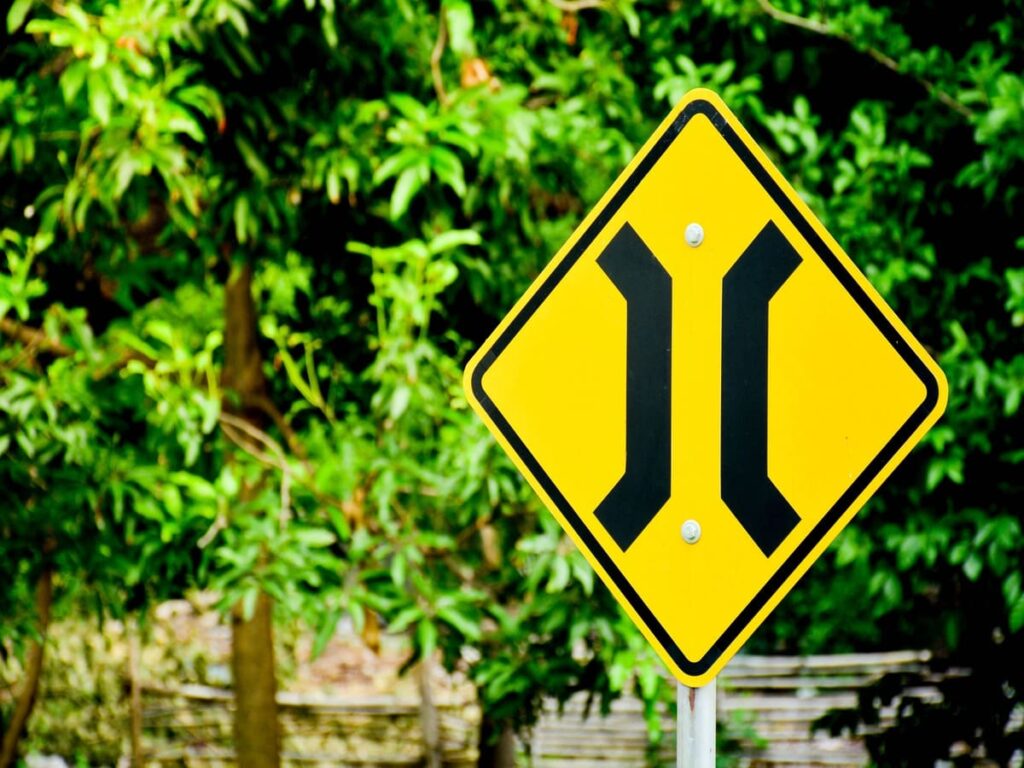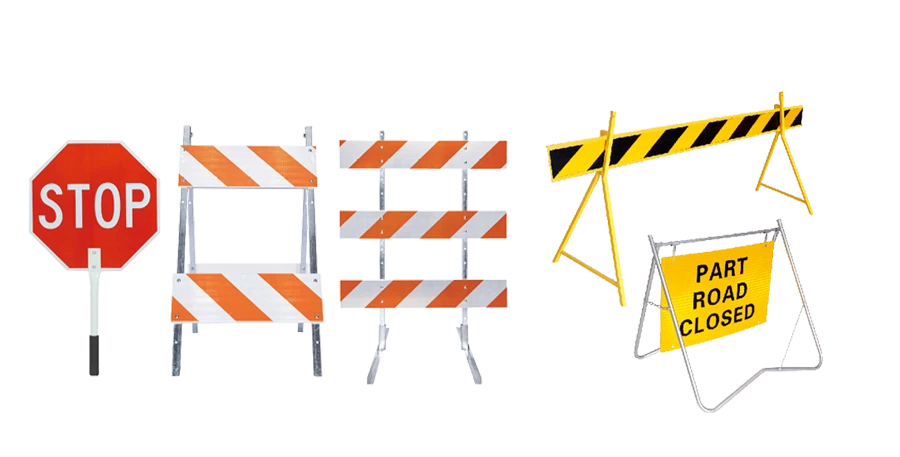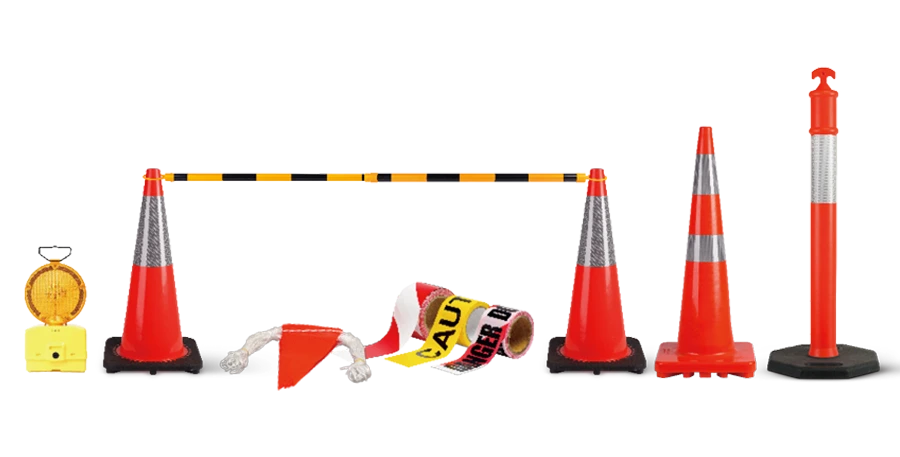
When picking metal for signs, thickness is very important. You want the metal traffic signs to look good, last long, and stay strong. Metal thickness is referred to as gauge. A lower gauge number means thicker and stronger metal. For example, .063-gauge aluminum is good for outdoor signs, while .125-gauge aluminum is better for tough weather like strong winds or impacts. Whether for metal traffic signs or indoor displays, the right thickness ensures durability, weatherproofing, and an appealing appearance.
OPTRAFFIC offers traffic signs for sale made with premium-grade metal in a variety of thicknesses to suit your specific needs. Whether you require signs for windy highways, work zones, or urban street, our materials are selected for strength, weather resistance, and long-term durability.
Key Takeaways
- Pick the right metal thickness for where the sign goes. Thicker metals work better for outdoor signs in bad weather.
- Learn about gauge numbers. A smaller gauge number means thicker metal, which is stronger and lasts longer.
- Think about the environment when choosing thickness. Outdoor signs need to handle rain, wind, and sun, so pick thicker metal.
- Match your budget with quality. Thicker metals last longer but cost more. For indoor signs, thinner metals are cheaper and work fine.
- Ask experts or suppliers for help. They can guide you to the best thickness for your needs.
Understanding Metal Thickness and Gauge Measurements
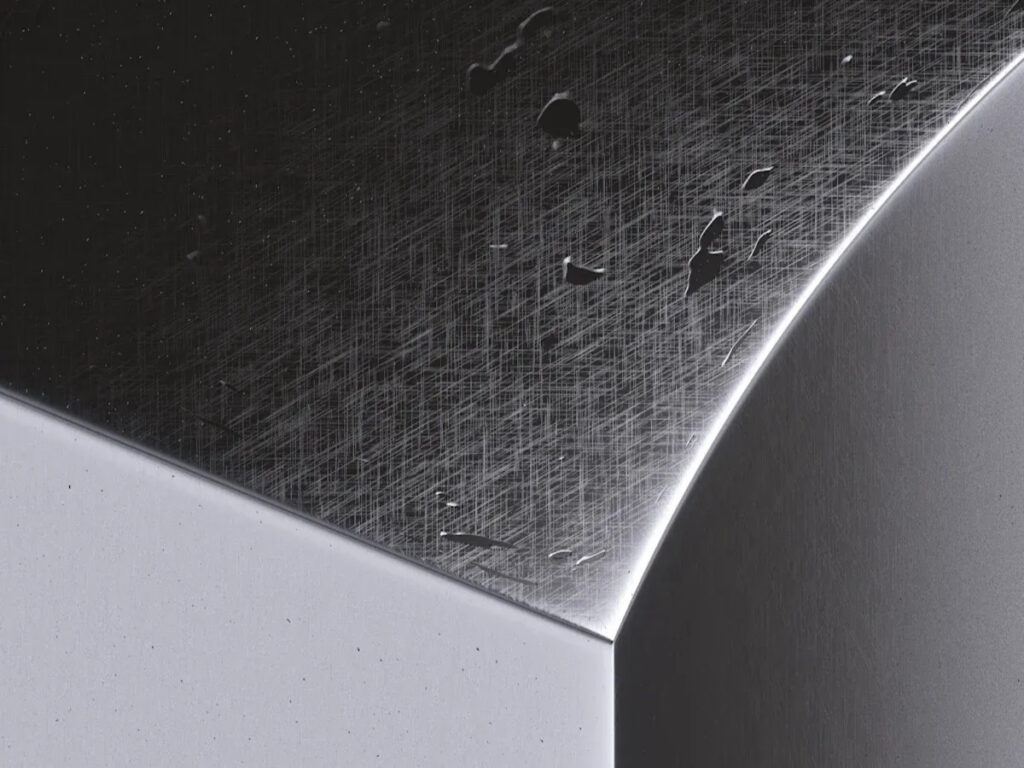
What Is Gauge Measurement?
Gauge measurement shows how thick or thin metal is. It compares the material’s thickness to a standard size. Smaller gauge numbers mean thicker metal. For instance, 10-gauge metal is thicker than 20-gauge metal. This system helps keep materials consistent for making or choosing signs.
Tools measure gauge thickness to check if it meets standards. This ensures the metal is strong and flexible enough for its purpose.
Common Gauge Standards for Metal Signs
Different metals have unique gauge standards. Here’s a simple chart showing gauge numbers and thickness:
| Material | Gauge Number | Thickness (inches) | Thickness (mm) |
|---|---|---|---|
| Steel | 10 | 0.1345 | 3.42 |
| Stainless Steel | 10 | 0.1406 | 3.57 |
| Aluminum | 10 | 0.1019 | 2.59 |
| Galvanized Steel | 10 | 0.1382 | 3.51 |
The same gauge number gives different thicknesses for each metal. That’s why knowing the type of metal is important.
Here’s a chart showing how thickness changes with materials:
How Gauge Impacts Durability and Flexibility
Gauge thickness affects how strong and bendable metal is. Thicker metals, like 10-gauge steel, handle tough weather and impacts. These are great for outdoor or heavy-duty signs. Thinner metals, like 20-gauge aluminum, are lighter and easier to shape. These are better for indoor or short-term signs.
Think about where your sign will be used. Will it face bad weather or heavy use? If yes, pick a lower gauge number. For lighter needs, a higher gauge number works well.
Factors to Consider When Choosing Thickness
Durability and Longevity
When picking the right thickness, think about how long it will last. A durable sign saves money and effort over time. Thicker metals are stronger and great for busy areas or places with damage risks. For instance, 0.080-inch aluminum is strong and resists bending in high-traffic spots.
To understand durability, consider a few important things. These include weather, rusting speed, and protective coatings. Here’s a simple table:
| Quantitative Factor | Description |
|---|---|
| Environmental Conditions | Things like rain, heat, and air that can cause rust faster. |
| Corrosion Rates | How quickly metal wears out in certain conditions. |
| Effects of Protective Coatings | How paint or powder can stop rust and make metal last longer. |
If your sign will be in tough places like near salty oceans or factories, pick strong materials. Stainless steel or thick aluminum are good choices. They fight rust and stay strong for years.
Weather Resistance for Outdoor Signs
Outdoor signs deal with rain, wind, and sun, so they need to be tough. Thicker metals like 0.063-inch or 0.080-inch aluminum are great for outdoor use. They handle strong winds and don’t crack or bend from weather changes.
For windy areas, choose thicker metals. For example, 0.125-inch aluminum or steel is strong enough for rough weather. If the weather is mild, thinner options like 0.040-inch aluminum work fine.
Adding coatings helps protect signs from weather. Powder coating keeps water and sunlight from damaging the metal. This makes your sign last longer and look good.
Application Type: Indoor vs. Outdoor
Where you place your sign matters for thickness. Indoor signs don’t need to be as thick since they avoid bad weather. Lightweight metals like 0.040-inch aluminum are easy to hang and strong enough for indoor use.
Outdoor signs need to be stronger. If the sign is on a post or in a busy area, use thicker metal like 0.063-inch or 0.080-inch aluminum. These are strong but still light enough to install easily.
Think about how the sign will be used. Will it hang, stand, or be handled often? Picking the right thickness ensures your sign works well and lasts a long time.
Budget and Cost Considerations
When picking metal thickness for your sign, cost matters. Thicker metals are stronger and last longer but cost more. You need to balance your budget with how strong and nice you want the sign to be. Let’s explain this further to help you decide.
How Thickness Impacts Cost
Thicker metal uses more material, so it costs more. For example:
- 0.040-inch aluminum is light, cheap, and great for indoor signs.
- 0.125-inch aluminum is tough and expensive, perfect for traffic or industrial signs.
If your sign won’t face harsh conditions, thinner metal saves money. But if strength is important, spending more on thicker metal is worth it.
Factors That Affect Pricing
Many things change the price of your metal sign:
- Type of Metal: Aluminum is light and rust-free, making it cheaper. Stainless steel looks fancy but costs more.
- Gauge Thickness: Thicker metal (lower gauge) costs more.
- Size of the Sign: Bigger signs need more material, raising the price.
- Finishes and Coatings: Adding paint or powder coating makes it last longer but costs extra.
Tip: On a tight budget? Use thinner aluminum with a coating. It’s cheap and lasts longer than plain metal.
Comparing Costs by Thickness
Here’s a simple chart showing how thickness changes cost:
| Thickness | Common Use | Cost Estimate |
|---|---|---|
| 0.040-inch aluminum | Indoor signs, short outdoor use | Low |
| 0.063-inch aluminum | Regular outdoor signs | Medium |
| 0.080-inch aluminum | Windy or tough areas | High |
| 0.125-inch aluminum | Heavy-duty needs | Very High |
Balancing Budget and Quality
You don’t need to overspend for a good sign. Here’s how to choose wisely:
- Focus on Needs: For indoor signs, thinner metal saves money.
- Plan Ahead: For outdoor signs, thicker metal costs more but lasts longer.
- Compare Prices: Check different suppliers to find the best deal.
Note: Ask for samples before buying. This helps you check quality and see if the thickness works for you.
Final Thoughts
Your budget doesn’t have to limit your choices. By knowing how thickness affects cost, you can pick a sign that fits your needs and budget. Whether you want something cheap or long-lasting, there’s an option for everyone.
Recommended Thickness for Metal Traffic Signs and Other Sign Types
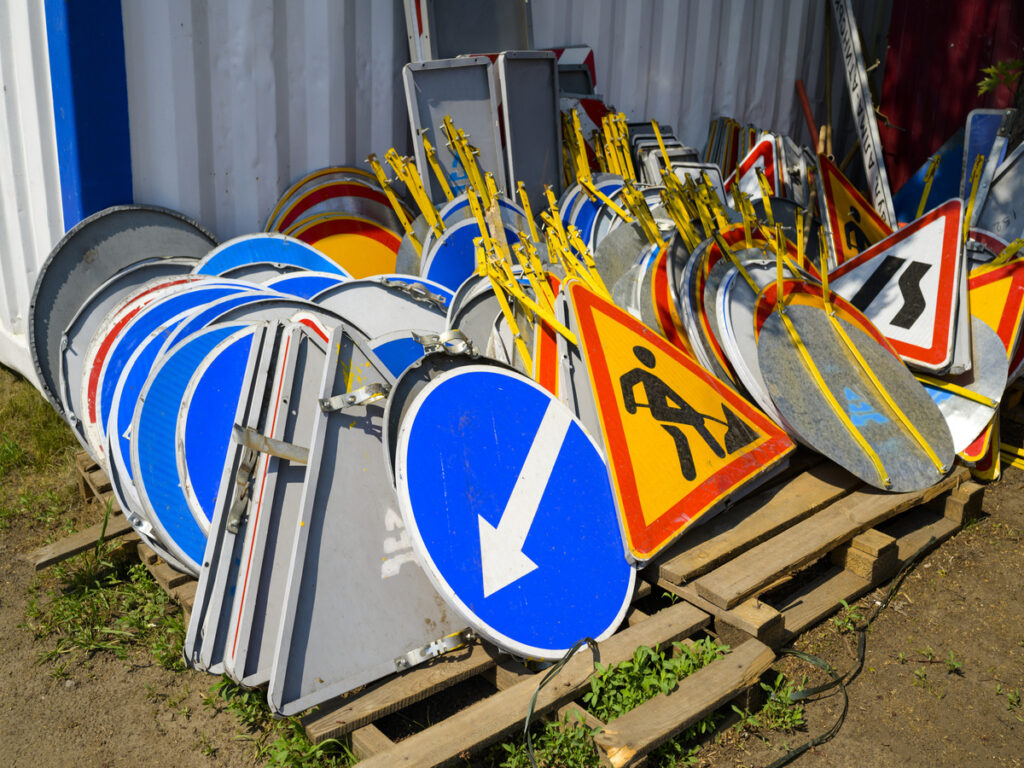
Indoor Signs: Lightweight Options
Indoor signs don’t face bad weather or heavy use. Thin materials work well for these signs. Aluminum with 0.040-inch thickness is a great choice. It’s easy to hang, cheap, and looks nice. Use it for office signs, lobby displays, or decorations.
Need something thinner? Try 16-gauge aluminum. It’s light and bends easily, perfect for temporary signs or creative designs. Here’s a simple chart comparing gauge and thickness:
| Gauge | Thickness (inches) | Thickness (mm) |
|---|---|---|
| 16 | 0.0598 | 1.518 |
| 14 | 0.0747 | 1.897 |
Tip: For indoor signs, focus on looks and easy setup. Lightweight materials save money and are simple to install.
Outdoor Signs: Balancing Durability and Weather Resistance
Outdoor signs must survive rain, wind, and sunlight. Aluminum is a top choice because it doesn’t rust or corrode. For most outdoor signs, 0.063-inch aluminum is strong and light.
In rough weather, thicker metal works better. Use 0.080-inch or 0.125-inch aluminum for windy areas or heavy traffic. These are great for signs on posts or in busy spots.
Here’s a chart comparing materials for outdoor signs:
| Material | Durability | Weather Resistance |
|---|---|---|
| Aluminum | Long-lasting, handles tough weather | Resists rain, wind, and sunlight |
| Coroplast | Good for short-term use | Fades and warps in bad weather |
Note: Adding coatings like powder coating helps signs last longer. It protects metal from water and sunlight, keeping it strong and fresh.
Industrial Signs: Heavy-Duty Applications
Industrial signs face the hardest conditions. They deal with machines, chemicals, and wear. Thick materials are needed for these signs. 0.125-inch aluminum is the best choice for factories or construction zones. It doesn’t bend, crack, or rust easily.
For extra strength, use 11-gauge aluminum. It’s thicker and tougher, ideal for safety signs or warnings. Here’s a chart showing thickness for industrial signs:
| Gauge | Thickness (inches) | Thickness (mm) |
|---|---|---|
| 11 | 0.1196 | 3.038 |
| 14 | 0.0747 | 1.897 |
Tip: For industrial signs, choose strong materials that meet safety rules. Thicker metals keep signs safe and easy to see in tough places.
Metal Traffic Signs: DOT-Compliant Thickness
When choosing metal traffic signs, thickness is very important. The Department of Transportation (DOT) has strict rules for safety. These rules ensure signs stay strong, visible, and durable in all conditions. If you’re installing traffic signs, follow these rules to avoid problems.
Why DOT-Compliant Thickness Matters
DOT-compliant thickness isn’t just about following rules. It ensures signs can handle tough weather and impacts. Imagine a stop sign bending in strong winds or fading in sunlight. The right thickness prevents this from happening.
Thicker signs last longer and resist damage better. They stay stable on posts, even in windy or snowy areas. For example, 0.125-inch aluminum is often required for highways and busy roads.
Tip: Check local DOT rules before picking sign thickness. This ensures safety and avoids costly mistakes.
Common Thickness Standards for Metal Traffic Signs
DOT standards depend on the road type and location. Here’s a simple chart of recommended thicknesses:
| Thickness | Common Use | DOT Compliance |
|---|---|---|
| 0.080-inch aluminum | Residential streets, parking lots | Meets basic requirements |
| 0.100-inch aluminum | Urban roads, moderate traffic | Ideal for durability |
| 0.125-inch aluminum | Highways, heavy traffic areas | Fully DOT-compliant |
For most traffic signs, 0.125-inch aluminum is the best choice. It resists bending and rust, making it great for highways and bad weather.
Choosing the Right Thickness for Your Needs
Not all signs need the thickest metal. For quiet neighborhoods or parking lots, 0.080-inch aluminum works well. It’s light, easy to install, and meets basic DOT rules.
For busier roads or harsh weather, use 0.100-inch aluminum. It’s stronger but not too heavy. For highways or industrial areas, choose 0.125-inch aluminum. It’s the most durable for long-term use.
Note: Thicker signs cost more upfront but save money over time. They need less maintenance and fewer replacements.
Final Thoughts
DOT-compliant thickness keeps traffic signs safe, strong, and visible. Whether for a quiet street or a busy highway, the right thickness matters. Always follow DOT rules and pick quality materials for long-lasting signs.
Tips for Picking the Right Thickness
Check the Environment
The weather affects how thick your metal sign should be. Think about where the sign will go. Outdoor signs face rain, heat, and cold. These can make the metal wear out faster. Humidity causes rust, and temperature changes can crack the material.
For tough weather, use metals with protective coatings. Coatings like hot-dip galvanizing protect against rust. They help your sign last longer. Here’s a simple chart showing coating thickness for different materials:
| Material Type | Steel Thickness (inches) | Coating Thickness (microns) |
|---|---|---|
| Structural Shapes | <1/16 | 45 |
| Strip and Bar | <1/16 | 45 |
| Plate | <1/16 | 45 |
| Pipe & Tubing | <1/16 | 45 |
| Wire | <1/16 | 35 |
| Reinforcing Bar | >1/4 | 100 |
| Forgings and Castings | >1/4 | 100 |
Thicker coatings protect better in salty or wet places.
Ask Experts
If you’re unsure, talk to professionals. They can help you pick the right thickness. Experts know which materials work best for different uses. They can also suggest options that fit your budget.
For example, they can recommend coatings for weather protection. They might also explain local rules, like DOT thickness for traffic signs.
Tip: Tell experts about the weather and purpose of your sign. This helps them give better advice.
Try Samples
Before deciding, test samples of the material. This shows how it works in real life. Look at how strong, flexible, and durable it is.
For outdoor signs, check if the material resists rust and handles weather changes. Does it stay strong? Testing helps you avoid mistakes and pick the best option.
Note: Testing costs a bit more but saves money later by preventing problems.
Choosing the right metal thickness for your sign depends on where and how you’ll use it. Thicker metals work best for outdoor or heavy-duty applications, while thinner options are great for indoor signs. Gauge measurements make it easy to find the perfect balance between durability and flexibility.
Pro Tip: Not sure what to pick? Talk to a supplier or professional. They’ll help you choose a thickness that fits your needs and budget. With the right choice, your sign will look great and last for years!
FAQ
What is the best metal for outdoor signs?
Aluminum is great for outdoor signs. It’s light, doesn’t rust, and handles bad weather well. For more strength, pick thicker aluminum like 0.063-inch or 0.080-inch.
Tip: Use a protective coating to help your sign last longer in tough weather.
How do I measure metal thickness for signs?
A gauge tool measures metal thickness easily and accurately. Smaller gauge numbers mean thicker metal. For example, 10-gauge aluminum is thicker than 20-gauge aluminum.
Pro Tip: Ask your supplier for a gauge chart to compare thicknesses quickly.
Can thinner metal work for indoor signs?
Yes, thinner metal like 0.040-inch aluminum works well for indoor signs. It’s light, simple to hang, and looks nice. Indoor signs don’t need heavy-duty thickness since they avoid harsh weather.
Note: Using thinner metal saves money but still looks professional.
What thickness is required for traffic signs?
Traffic signs usually need 0.125-inch aluminum to meet DOT rules. This thickness makes them strong and visible in all weather. For quieter areas, 0.080-inch aluminum might be enough.
Reminder: Always check local DOT rules before picking thickness for traffic signs.
How can I save money on metal signs?
Use thinner metal for indoor signs or mild outdoor conditions. Aluminum is affordable and doesn’t rust. Adding a coating can make it last longer without needing thicker metal.
Tip: Compare prices from different suppliers to get the best deal.


